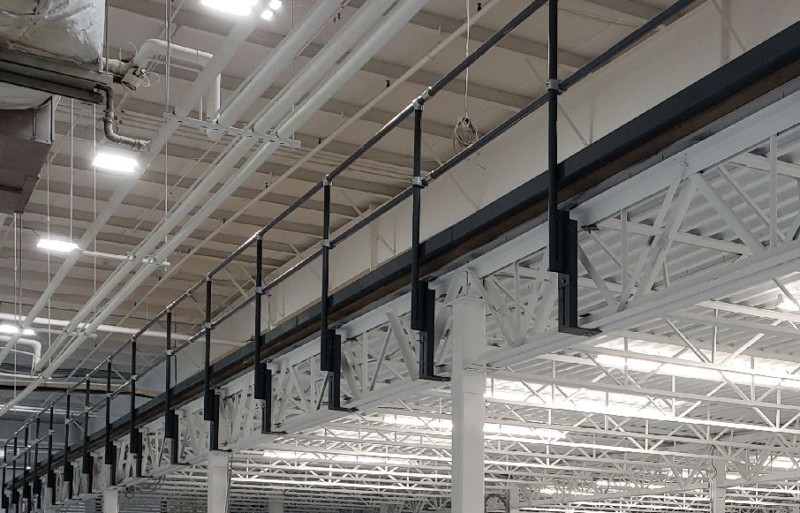


Mezzanine railings serve as protective barriers along elevated platforms and walkways, offering safety and aesthetic benefits in architectural and industrial design. Types include standard guardrails, glass railings for a modern look, cable railings with a minimalist design, and perforated metal railings for privacy and aesthetics. Design considerations involve safety compliance, material selection, and aesthetic integration with architectural styles. Safety features such as sturdy construction, non-slip surfaces, and code compliance are crucial. Mezzanine railings find applications in industrial facilities, commercial spaces, office buildings, and residential homes, contributing to safety and enhancing visual appeal. Their role in creating secure, attractive, and compliant elevated spaces remains vital in modern construction and architectural excellence.